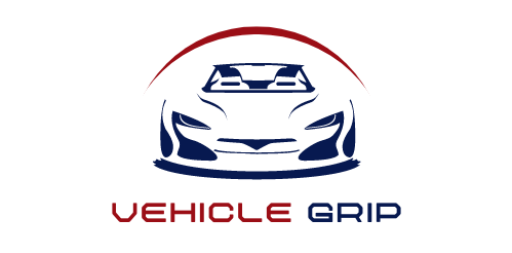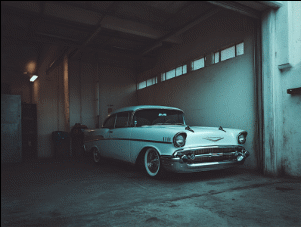When a vehicle reaches the end of its useful road life, it doesn’t mean the story is over. For many car enthusiasts, mechanics, and restoration hobbyists, it’s just the beginning. The rusted shell of a ’90s pickup or the frame of a forgotten sedan may look lifeless, but inside are components with the potential to breathe new life into other vehicles, or even become the heart of a full-blown resurrection project.
Across the country, self-service auto salvage yards have become gold mines for people in search of quality used parts. These yards are more than just collections of discarded metal; they’re vital hubs that power sustainability, affordability, and automotive ingenuity. With byot auto parts in baton rouge, la, for example, gearheads and tinkerers can roam rows of vehicles, hunting down engines, transmissions, and smaller parts that would cost hundreds more if bought new. It’s a world where patience and a good set of tools can turn yesterday’s junk into tomorrow’s joyride.
Bringing the Past Back to Life
Car restoration is more than a mechanical process, it’s a form of craftsmanship. It begins with a spark: a memory of a first car, a fascination with a certain make and model, or even the challenge of taking something forgotten and making it glorious again. But to restore a vehicle properly, restorers need parts. And in today’s economy, sourcing affordable and compatible components is no small feat.
That’s where salvage yards play a starring role. Unlike modern dealerships or online parts catalogs, self-service junkyards provide real-world access to the very vehicles being restored. The connection is direct, you can see the parts, inspect them, and remove them yourself. This tactile experience builds confidence in the parts being chosen, especially when working on cars that might no longer be in production. For classic vehicle enthusiasts, having access to original hardware is a gift that no aftermarket replica can quite match.
What’s more, every part that’s reused means one less item sent to the landfill. The environmental upside of salvage yards is rarely discussed, but it matters. Reusing existing parts reduces manufacturing demand, which in turn lowers emissions. It’s an eco-conscious approach embedded in a hands-on tradition, making restorations more than just nostalgic, they become sustainable.
The Final Leg: Safe, Enclosed Transport
Once a car is brought back from the brink, restored, polished, and roaring with pride, there’s another crucial consideration: how do you get it where it needs to go without putting its newfound beauty at risk? Whether it’s headed to a car show, a private buyer, or a new home in another state, moving a restored vehicle isn’t as simple as driving it across town.
This is where the jplogistics.net website enters the picture. Specializing in enclosed vehicle transportation, they offer a white-glove solution tailored to high-value cars. Restored classics, vintage collectibles, or luxury models are transported with care, shielded from road debris, unpredictable weather, and prying eyes. The enclosed trailers are designed with temperature control, soft tie-downs, and hydraulic lift gates, ensuring that the vehicle arrives in the same pristine condition in which it was loaded.
Enclosed auto transport isn’t just about protection, it’s about peace of mind. After all the work and investment poured into a restoration, the last thing anyone wants is a rock chip or water damage undoing months of effort. Companies like jplogistics.net give owners confidence that their car is not only secure, but respected throughout the entire journey.
Synergy in Motion
When salvage yards and enclosed transport services are viewed together, a full-circle picture emerges, one of revival and respect for machines that might otherwise be forgotten. A car that once sat idle in a field can be restored with parts found in a self-service yard. Then, once completed, it can be delivered in style and security, ready to be admired, raced, or simply enjoyed again.
It’s easy to underestimate the interconnected nature of these services, but they fuel an entire culture of auto restoration and preservation. One doesn’t exist without the other: restoration projects need parts, and finished cars need protection. Together, they form the infrastructure that keeps car culture alive and thriving in a digital, mass-production world.
More importantly, both services cater to individuals who see vehicles as more than transportation. They’re seen as heritage, art, and engineering marvels worth saving. Whether you’re a seasoned rebuilder, a collector with an eye for detail, or a first-time enthusiast diving into your first project, there’s a beauty in following the process from junkyard to joyride.
A Road Worth Traveling
Car culture has always had a pulse, driven by passion and powered by innovation. But behind every glossy paint job and roaring engine, there’s a deeper story, one that often begins in the quiet rows of a salvage yard and ends in the smooth, protective confines of an enclosed trailer. This journey, from rust to restoration, from discovery to delivery, reminds us that cars aren’t just built in factories. They’re reborn by hand, with patience, skill, and respect.
So the next time you see a classic cruising down the highway or on display at a show, know that its path was likely paved by both a wrench-wielding builder and a transport specialist. And that, perhaps, is the greatest ride of all.

